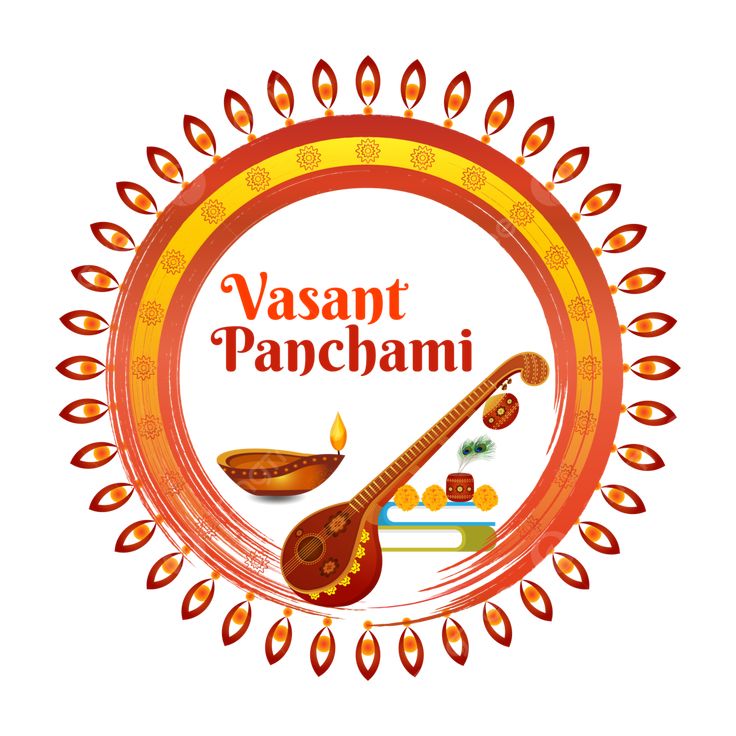Vasant Panchami: 7 Powerful Reasons Why This Festival is Significant
Introduction
Vasant Panchami, also known as Saraswati Puja, marks the arrival of spring and is celebrated with great enthusiasm across India. This festival is dedicated to Goddess Saraswati, the deity of wisdom, knowledge, and learning. Observed on the fifth day (Panchami) of the Hindu month of Magha, Vasant Panchami holds deep cultural and spiritual significance. This article explores its history, significance, traditions, and how it impacts daily life.
Vasant Panchami, also known as Basant Panchami, is a Hindu festival that marks the arrival of spring and is dedicated to Goddess Saraswati, the deity of wisdom, learning, and the arts. It is celebrated on the fifth day (Panchami) of the Hindu month of Magha, which typically falls in January or February.
- Worship of Goddess Saraswati:
- Students, artists, and scholars worship Goddess Saraswati for wisdom, knowledge, and creativity.
- Schools and educational institutions organize special prayers and cultural events.
- Seasonal Importance:
- Marks the beginning of spring (Vasant Ritu), symbolizing renewal, growth, and prosperity.
- Cultural and Agricultural Significance:
- In North India, especially Punjab and Haryana, farmers celebrate it as a festival of prosperity, marking the readiness of crops.
- People wear yellow attire, as the color symbolizes energy, prosperity, and the vibrancy of spring.
- Kite Flying Tradition:
- In regions like Punjab and Rajasthan, kite flying is a major attraction, symbolizing freedom and joy.
How is Vasant Panchami Celebrated?
- Puja and Offerings: Devotees perform Saraswati Puja, offering flowers, sweets, and yellow-colored items.
- Yellow-Themed Celebrations: Yellow flowers, clothes, and food (like saffron rice and sweets) are common.
- Educational Initiatives: Many children begin their education (Akshar Abhyasam) on this auspicious day.
- Cultural Programs: Music, dance, and poetry events take place to honor learning and the arts.
Regional Names and Observances:
- Punjab and Haryana: Known for kite flying festivals and mustard field celebrations.
- Bengal: Saraswati Puja is grandly celebrated in schools and homes.
- Rajasthan and Gujarat: Observed with traditional folk music and dance.
Food and Sweets Associated with Vasant Panchami:
- Saffron rice (Kesari Bhat)
- Boondi ladoo
- Kheer
- Besan sweets
Vasant Panchami is considered an auspicious day for starting new ventures, marriages, and educational pursuits.
History
The origins of Vasant Panchami date back to ancient India when the festival was celebrated to welcome the season of spring and honor Goddess Saraswati. According to Hindu mythology, it is believed that on this day, the goddess was born, bringing wisdom and learning to the world.
Key Facts:
- Festival Name: Vasant Panchami / Saraswati Puja
- Date: Celebrated on the fifth day of Magha (January-February)
- Deity Worshiped: Goddess Saraswati
- Symbolism: Knowledge, creativity, and wisdom
- Significance: Marks the start of spring and the preparation for Holi
Significance and Impact on Daily Life
It is not just a religious festival; it has a profound impact on daily life by encouraging learning and creativity. Schools and educational institutions across India organize Saraswati Puja, seeking the goddess’s blessings for academic success.
Important Observances:
- Worship of Goddess Saraswati:
- Devotees dress in yellow attire, symbolizing prosperity and energy.
- Offerings of sweets, fruits, and flowers are made to the goddess.
- Cultural Programs:
- Schools and colleges hold essay writing, poetry, and music competitions.
- Classical dances and music performances are common.
- Kite Flying:
- A popular tradition in many parts of India, bringing communities together.
- Spring Preparation:
- Farmers start preparing for the upcoming harvest season.
Observance and Traditions
Different regions celebrate Vasant Panchami with unique customs and rituals. In West Bengal, it is observed as Saraswati Puja, while in Punjab, it is associated with the preparation of mustard fields and vibrant celebrations.
Traditional Practices:
- People wear yellow clothes and decorate their homes with marigold flowers.
- Special dishes like saffron rice and sweets are prepared.
- Parents introduce young children to the world of letters through a ritual called “Akshar-Abhyasam.”
Wishing Your Loved Ones on Vasant Panchami
On this auspicious occasion, people send warm wishes to friends and family, seeking the blessings of Goddess Saraswati for wisdom and success.
Common Wishes:
- “May Goddess Saraswati bless you with knowledge and wisdom. Happy Vasant Panchami!”
- “Wishing you a joyous and prosperous Saraswati Puja.”
- “Let the yellow hues of Vasant Panchami bring happiness and success to your life.”
FAQs
Q1: Why do people wear yellow on Vasant Panchami?
A: Yellow symbolizes energy, prosperity, and the arrival of spring.
Q2: What foods are traditionally prepared on this day?
A: Dishes like saffron rice, kesari halwa, and traditional sweets.
Q3: Is Vasant Panchami linked to Holi?
A: Yes, it marks the beginning of Holi preparations with the planting of Holika pyre.
Conclusion
It is a festival that embodies knowledge, creativity, and the vibrancy of spring. It is a reminder of the importance of education and the beauty of nature’s renewal. As we celebrate this occasion, let’s embrace learning and growth with enthusiasm and devotion.











This website, you can discover a great variety of online slots from leading developers.
Users can try out retro-style games as well as feature-packed games with high-quality visuals and bonus rounds.
Whether you’re a beginner or a casino enthusiast, there’s always a slot to match your mood.
casino slots
The games are ready to play 24/7 and compatible with desktop computers and mobile devices alike.
You don’t need to install anything, so you can get started without hassle.
Site navigation is intuitive, making it convenient to find your favorite slot.
Sign up today, and enjoy the thrill of casino games!